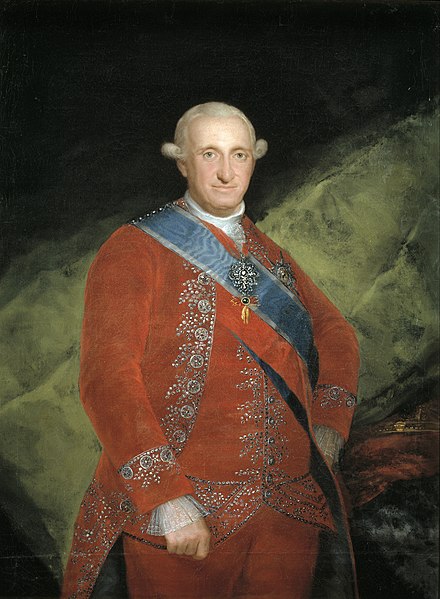Xalapa or Jalapa (English: /həˈlɑːpə/,[2] Spanish: [xaˈlapa] ), officially Xalapa-Enríquez (IPA: [xaˈlapa enˈrikes]), is the capital city of the Mexican state of Veracruz and the name of the surrounding municipality. In the 2020 census the city reported a population of 443,063 and the municipality of which it serves as municipal seat reported a population of 488,531.[3] The municipality has an area of 118.45 km2. Xalapa lies near the geographic center of the state and is the second-largest city in the state after the city of Veracruz to the southeast.

The name Xalapa comes from the Classical Nahuatl roots xālli (pronounced [ʃaːlːi], 'sand') and āpan ([aːpan], 'place of water'), which means approximately 'spring in the sand'. It's classically pronounced [ʃalaːpan] in Nahuatl, although the final /n/ is often omitted.[citation needed] This was adopted into Spanish as Xalapa.
The complete name of the city is Xalapa-Enríquez, bestowed in honor of a governor from the 19th century, Juan de la Luz Enríquez. The city's nickname, "City of Flowers" (Spanish: La ciudad de las flores), was given by Alexander von Humboldt, who visited the city 10 February 1804. The reference is also related to the city's older colonial history. According to folklore, the Spanish believed that Jalapa was the birthplace and home of the world's most beautiful woman, la Florecita, which literally means 'little flower'.[citation needed] The residents of Xalapa are called Xalapeños or Jalapeños, which is the name given to the popular large peppers cultivated in this area.
The Totonacs first established themselves around Macuiltepetl ("fifth mountain" in Nahuatl).[4] This extinct volcano received its name because the Aztecs used it as the fifth reference mountain to get to the gulf of Mexico's shores. Today it is preserved in a park. During the 14th century, four indigenous peoples settled in the territory today known as Xalapa. Each built a small village: Xalitic (in the sand) was founded by the Totonacas; in the northeast Tecuanapan (river of the beasts) was founded by the Toltecas, and Tlalnecapan was founded by the Teochichimecas.
Around 1313, the four villages grew together and joined, forming one large village named Xallapan. Moctezuma Ilhuicamina, the fifth Aztec emperor, invaded the territory during the second half of the 15th century. All the land was ruled as part of the Aztec Empire before the arrival and conquest of the Spanish conquistadores.
In 1519 Hernán Cortés passed through en route to Tenochtitlan.[5]: 135 In 1555 Spanish Franciscans completed construction of a convent, an important event in the Nueva España of that time.

When the Spanish invaded, Xalapa was barely populated. The population rose after the conquest and colonial settlement. When the Spanish improved the Mexico-Orizaba-Veracruz route, Xalapa declined in importance as a transport hub, and its population stagnated in the 17th century.[6]
From 1720 on Xalapa became increasingly important, due to trade with merchants from New Spain arriving to buy and sell the products of the peninsula.[6] Numerous Spanish families from the nearby towns settled in Xalapa, so by 1760 the population had increased to over 1,000 inhabitants, including mestizo and Spanish. Among local items of commerce were botanical medicines particularly ipomoea purga source of a drug known in English as Jalap. The growth of Xalapa in population, culture, commerce and importance, increased dramatically in the 18th century. Responding to residents' requests, Carlos IV of Spain declared Xalapa a town on 18 December 1791.[6]
In 1772, construction of Xalapa Cathedral began. On 18 May 1784, José María Alfaro got the first air balloon in the Americas, airborne, in Xalapa. Due to the abundance of flowers growing in the region, Alexander von Humboldt, who visited the town on 10 February 1804, christened it the "city of the flowers".[6]
On 29 November 1830 by decree, Xalapa was named a city. In 1843, Don Antonio María de Rivera founded the Normal School of Xalapa to train teachers. Today it operates as a preparatory school for students going to college.
In 1847, during the Mexican–American War, Mexican general Antonio López de Santa Anna attempted to defeat the opposing forces near Xalapa in the Battle of Cerro Gordo. He led an army of more than 12,000 soldiers. Mexican troops suffered many casualties; around a thousand were killed and three thousand wounded on 18 April 1847. The US invaders occupied the city the following day.[6] Among them was Lt. Ulysses S. Grant, later the commanding general of the Union armies in the American Civil War. Grant's letters call Jalapa "decidedly the most beautiful place I ever saw in my life" and its climate "the best in the world."[7]

Xalapeños such as Ambrosio Alcalde and Antonio García fought hard to defend the city of Veracruz, but were taken prisoner. They were released and paroled, but after rejoining the fighting against the US, they were recaptured near Teocelo, taken to Xalapa, sentenced to death and executed on 24 November 1847.[6] Today these two men are remembered as martyrs. An obelisk commemorates their sacrifice, between San Jose Church and Alcalde Market, named for Ambrosio Alcalde.[6] US forces marched on to capture Mexico City and departed after the Treaty of Guadalupe Hidalgo.
In November 1862 Xalapa was attacked in the French invasion; foreigners temporarily took control of the state capital. On 27 November 1867 the corpse of emperor Maximilian I of Mexico, who had been executed in Querétaro, arrived and was held in San José, attended by the priest José María y Daza, then transferred to Veracruz the following day. The remains were shipped back to Austria for burial.[6]